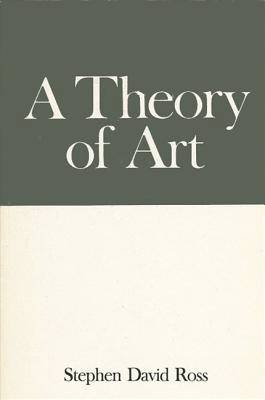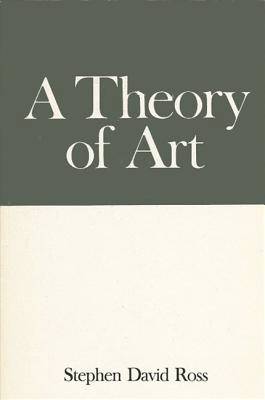
Vous voulez être sûr que vos cadeaux seront sous le sapin de Noël à temps? Nos magasins vous accueillent à bras ouverts. La plupart de nos magasins sont ouverts également les dimanches, vous pouvez vérifier les heures d'ouvertures sur notre site.
- Retrait gratuit dans votre magasin Club
- 7.000.000 titres dans notre catalogue
- Payer en toute sécurité
- Toujours un magasin près de chez vous
Vous voulez être sûr que vos cadeaux seront sous le sapin de Noël à temps? Nos magasins vous accueillent à bras ouverts. La plupart de nos magasins sont ouverts également les dimanches, vous pouvez vérifier les heures d'ouvertures sur notre site.
- Retrait gratuit dans votre magasin Club
- 7.000.0000 titres dans notre catalogue
- Payer en toute sécurité
- Toujours un magasin près de chez vous
Description
The richness of art is manifested in contrast: contrast with other works of art, other features of human experience, other times and places, and other forms of judgment and understanding. The possibilities of contrast are inexhaustible. Every being shares this inexhaustibility of openness to novel possibilities, although inexhaustibility is most fully realized in art. The general theory of art and aesthetic value developed in this book is based on the notions of inexhaustibility and contrast and has important forebears in Kant, Coleridge, and Whitehead. The theory allows art to be located relative to otheR spheres of judgment--science, action, and philosophy. The theory allows a new perspective on interpretation and criticism. Ross presents and defines a new synthetic form of understanding works of art that offers an alternative to the skepticism that haunts so many theories of interpretation.
Spécifications
Parties prenantes
- Auteur(s) :
- Editeur:
Contenu
- Nombre de pages :
- 246
- Langue:
- Anglais
- Collection :
Caractéristiques
- EAN:
- 9780873955546
- Date de parution :
- 30-06-82
- Format:
- Livre relié
- Format numérique:
- Genaaid
- Poids :
- 462 g







